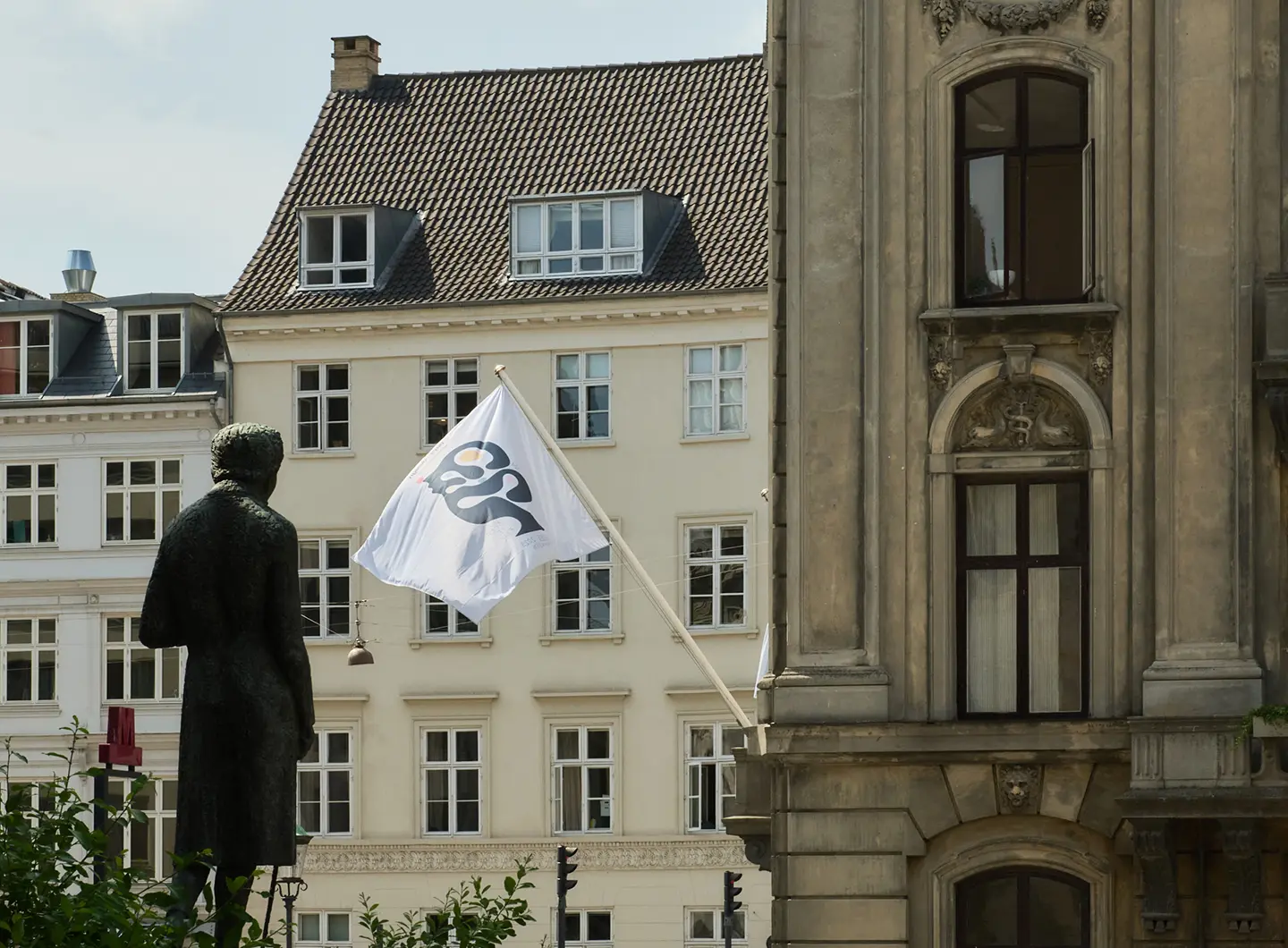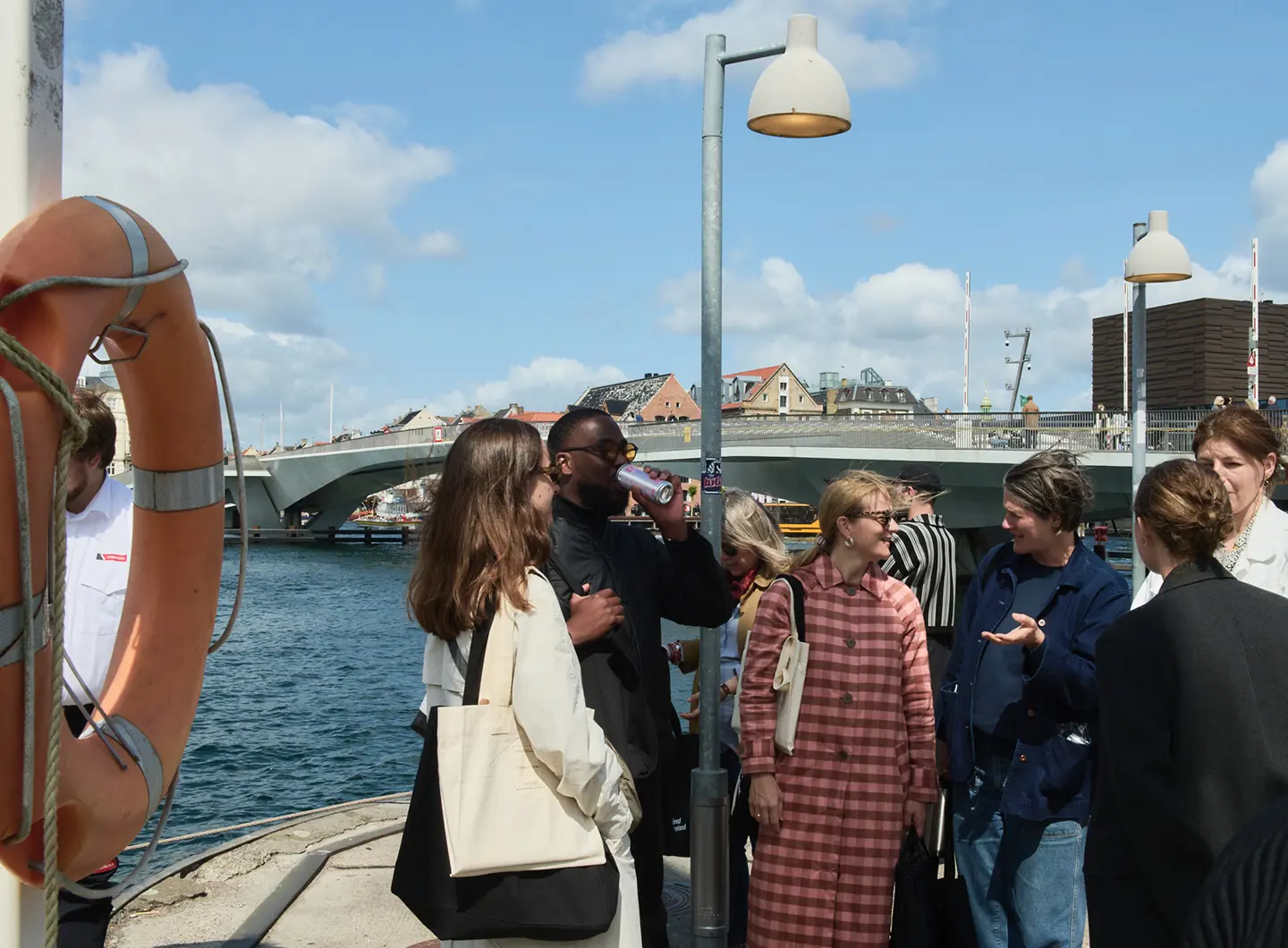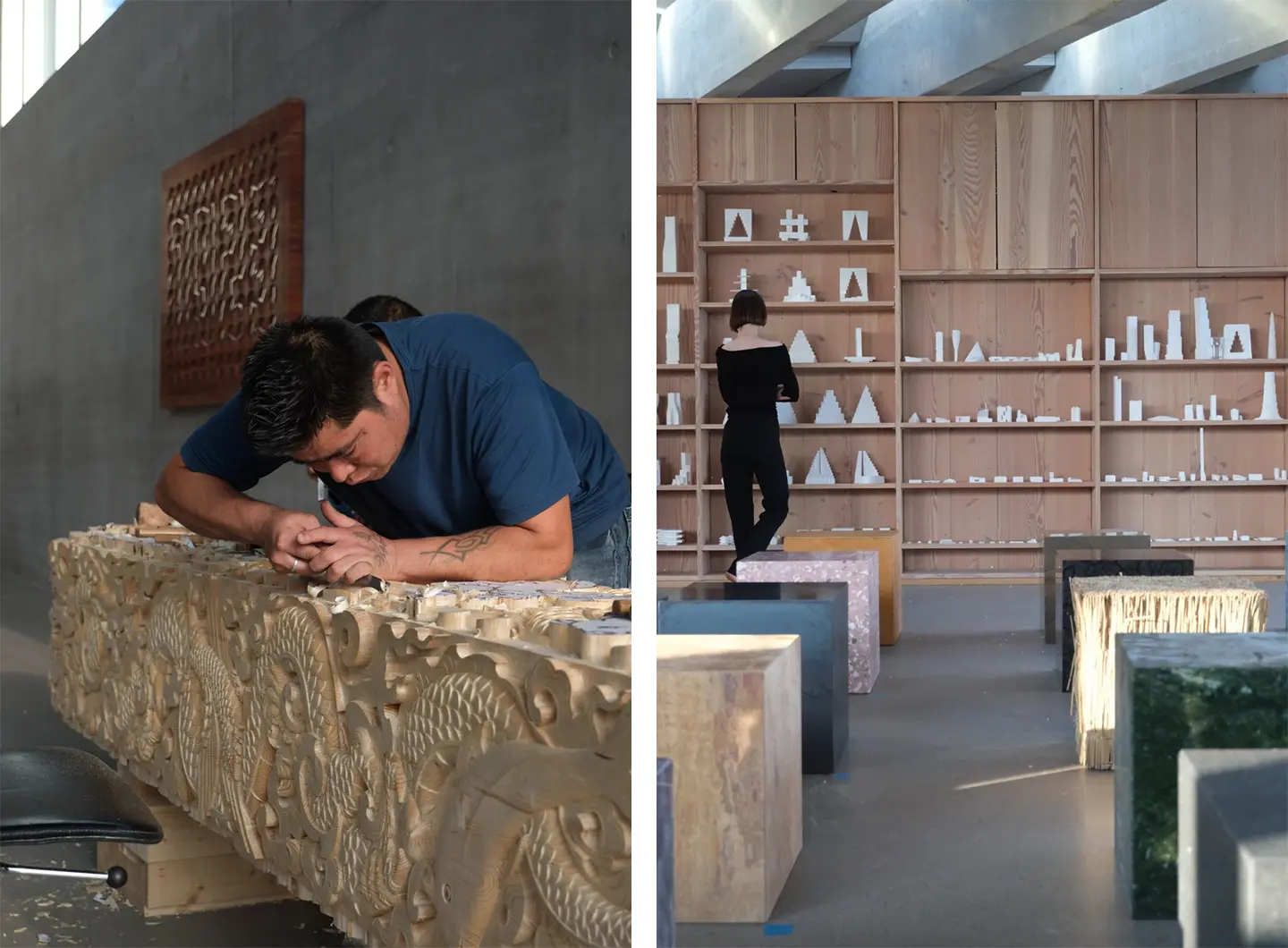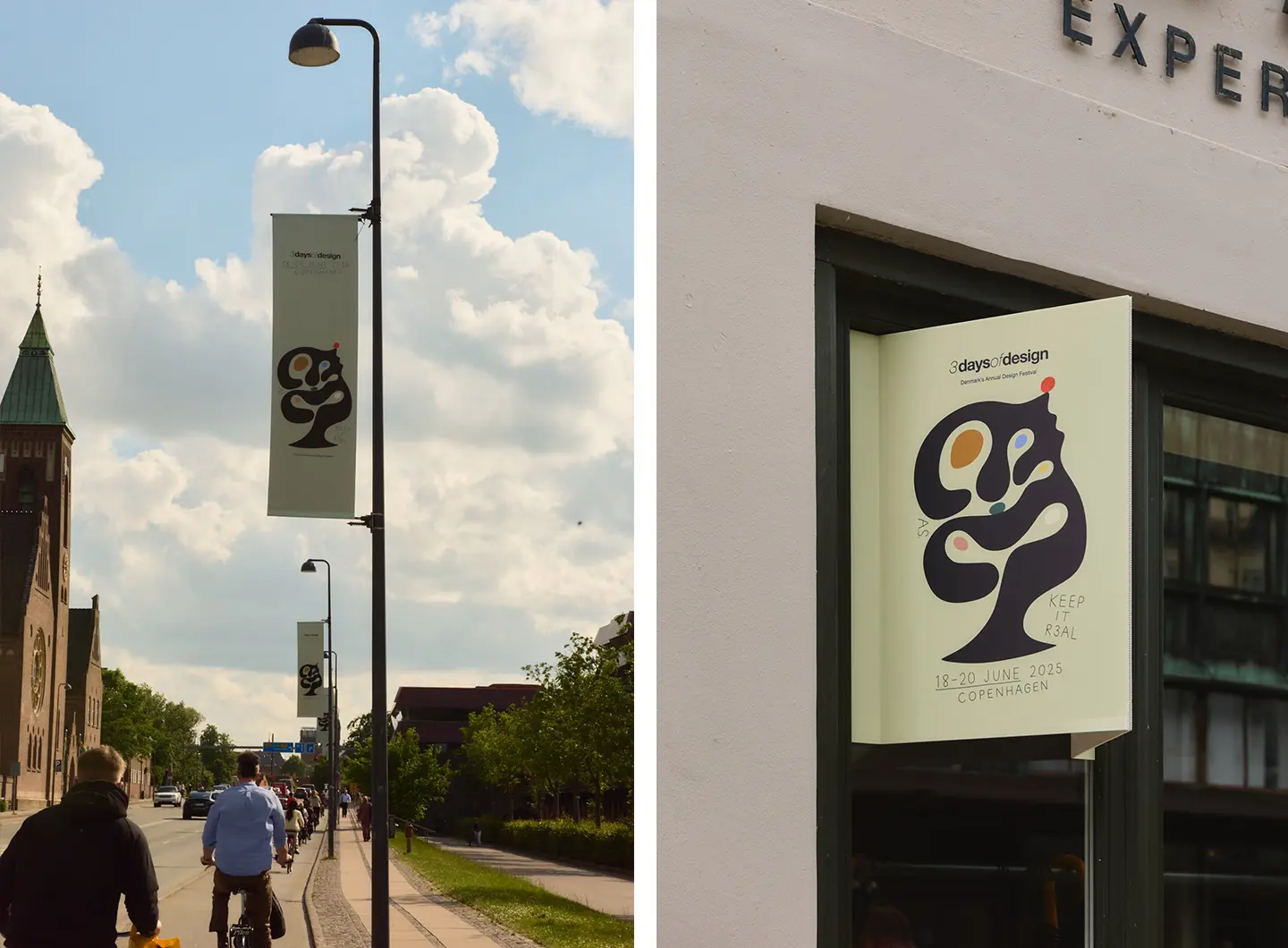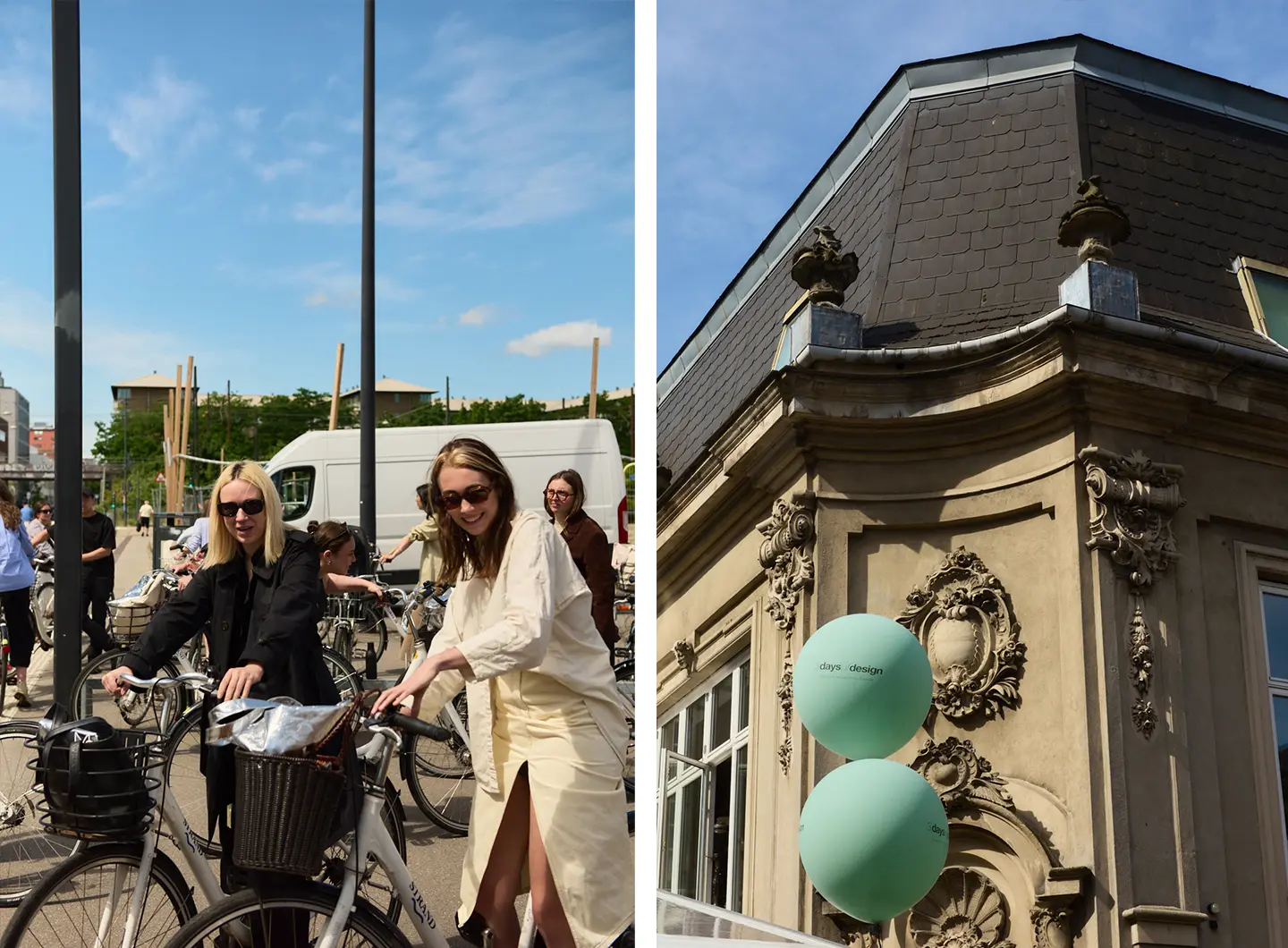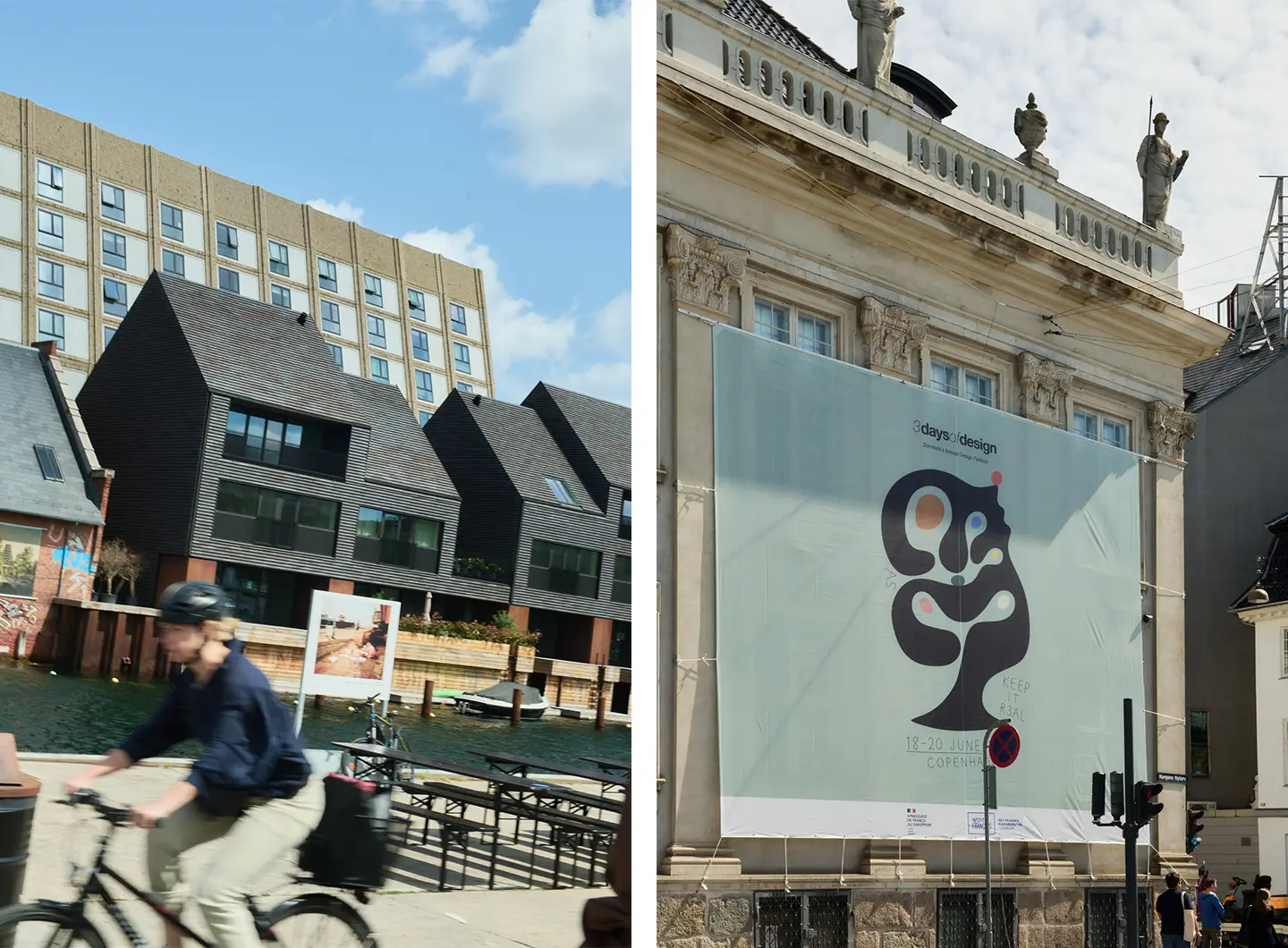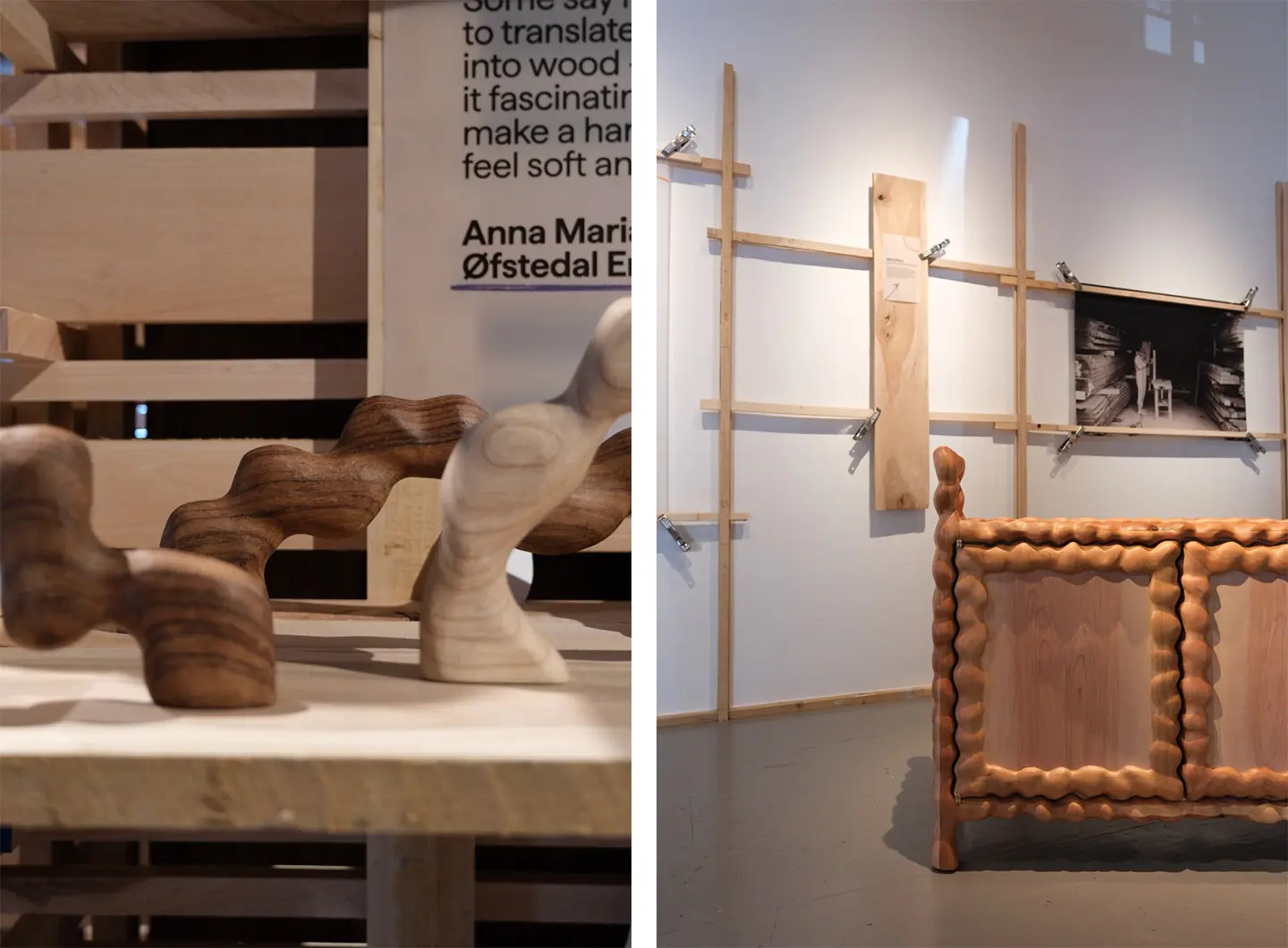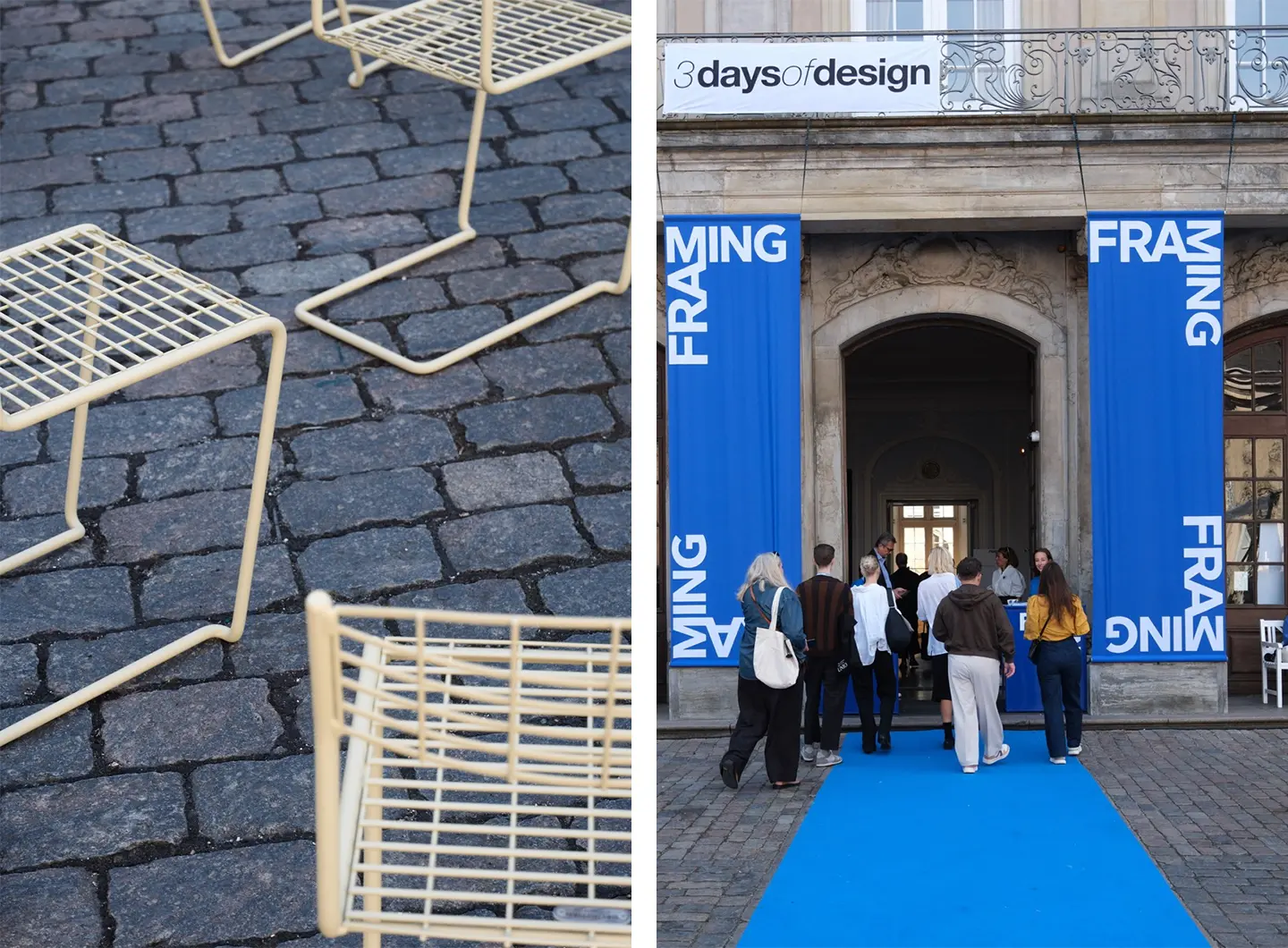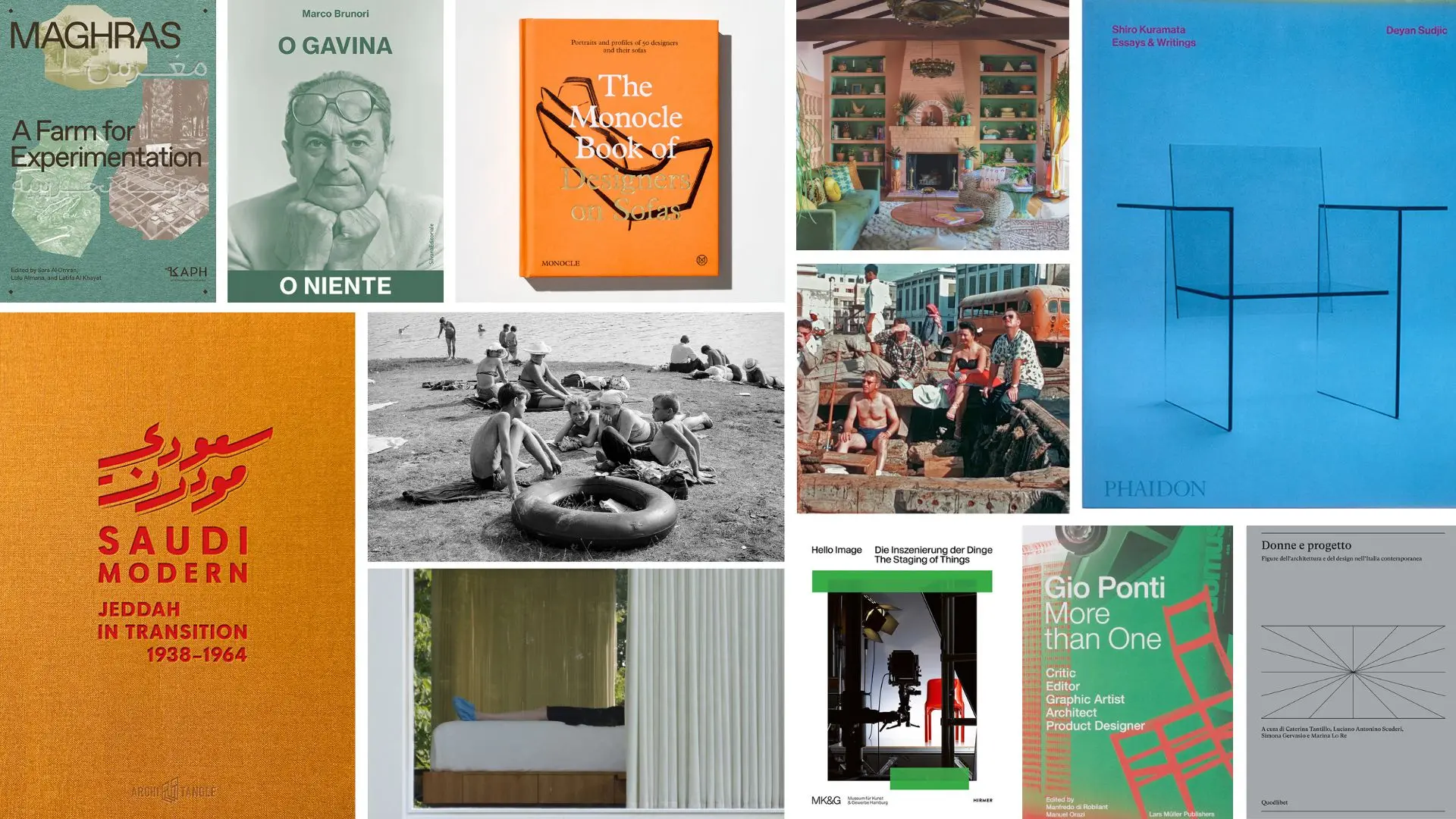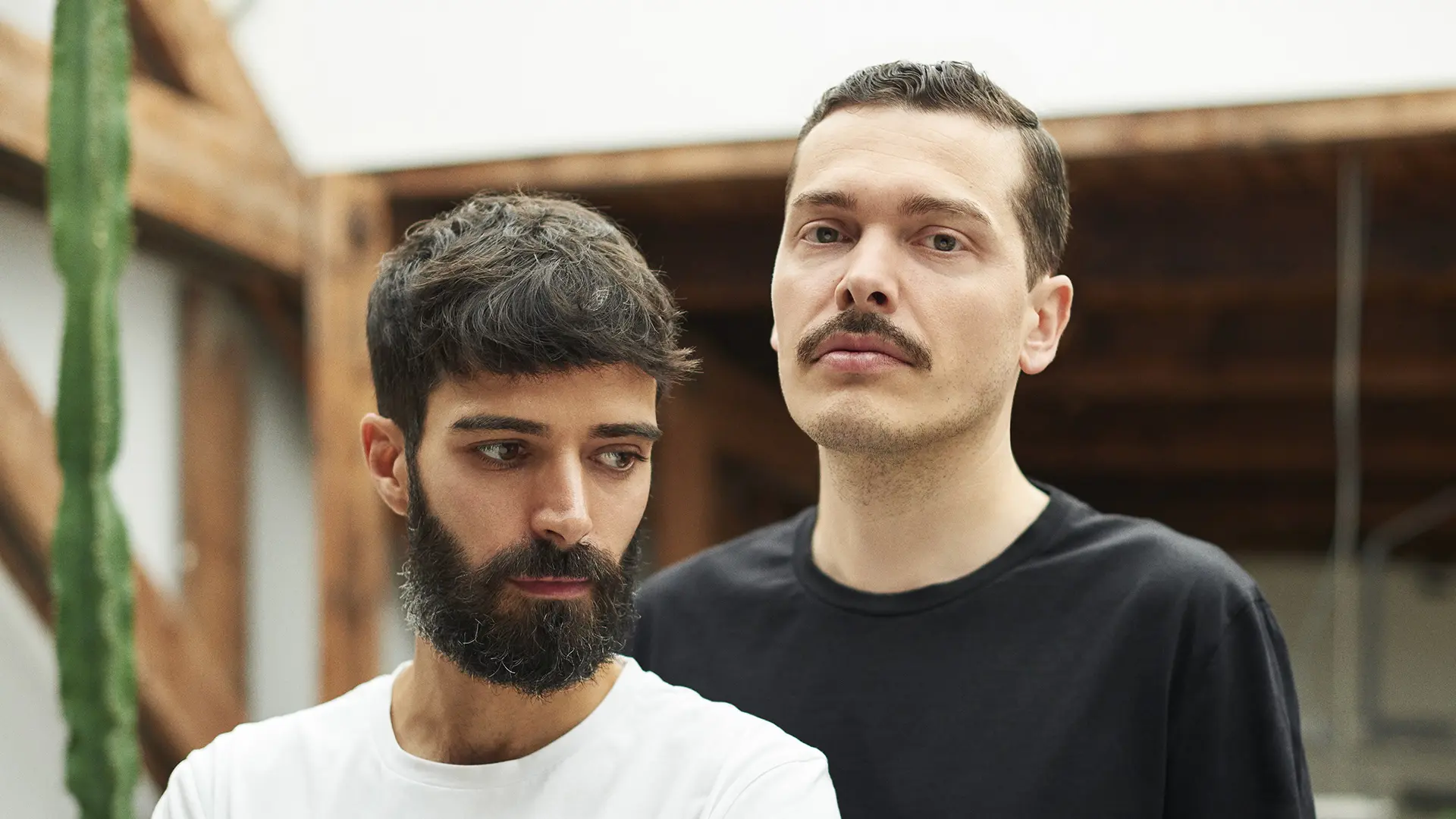A journey through women’s interior design, three iconic monographs and the links between design, photography and marketing, up to the transformation of Jeddah, social innovation and a reportage by Branzi and... 50 designers on the sofa
Danish stratigraphy: material practices and ethical visions at 3daysofdesign 2025
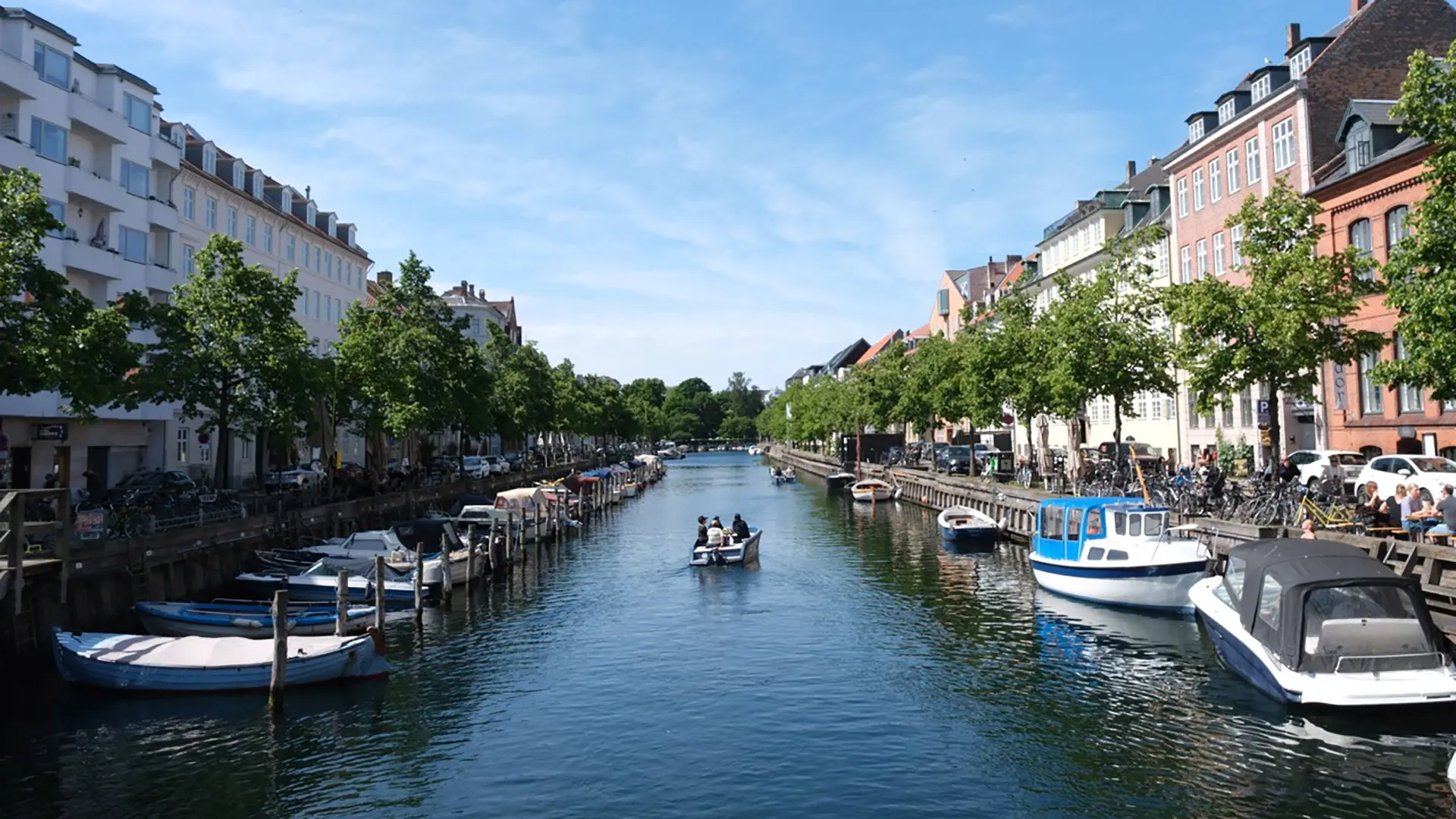
3daysofdesign 2025 - Ph. Sam Harrons
Not a trade fair, but a cultural ecology - an interweaving of voices, materials, gestures and narratives that speak of sustainability, authenticity, conscious beauty
Copenhagen, June 2025: the city gave the impression of an open, inclusive, diffuse system. 3daysofdesign made its return with the direct theme Keep It Real. An explicit invitation to celebrate individual expression and authentic experience, at a time when the complexity of the world demands a more lucid reflection on the role of design. Less noise, more truth; less form, more substance; less consensus, more positioning. The curatorial call was to remain true to one's vision without being defined by market expectations.
Geographically, the festival was polycentric. Frederiksstaden, Nordhavn, Refshaleøen, Christianshavn and the historic centre became urban stages on which approaches, materials and production models were compared. There was no one dominant place. Each district brought together proposals of equal relevance, building its own narrative. No single event was tasked with representing the entire festival. All were part of an ecosystem based on coherence, openness, and circularity.
Frederiksstaden proved to be one of the key districts for getting to grips with the evolution of Nordic design from a contemporary perspective. Amidst Rococo architecture, embassies and historic showrooms, this central area formed the ideal stage for a dialogue between authenticity, know-how and experimentation. It was here that a significant part of the reflection on craftsmanship and design as a vehicle of identity was concentrated. At the Odd Fellow Palace, the Framing group show brought together 45 companies with a strong material imprint.
Arper presented the Catifa Carta 53 chair, boasting a PaperShell seat obtained from wood processing waste: a certified negative-impact industrial project reinterpreting a production classic. Kettal's Passage collection, designed by Ronan Bouroullec, explored the theme of transition with a recycled aluminium structure and intelligent versatility. Desalto celebrated the 10th anniversary of Marc Krusin's Clay table by transforming the space into a chessboard of volumes and materials, designed by Francesco Rota. Nikari presented a new version of the Linea KVP11 table by Kari Virtanen: a modular design integrating technological solutions without compromising the purity of the wood.
The installation An Italian Affair by Ethimo was a theatrical narration of the Italian outdoors, leveraging traditional craftsmanship and modern language: each piece narrating a balance of nature, aesthetics and wellbeing, in a genuine dialogue with the surrounding environment.
Woodnotes exhibited a collection inspired by the colours of water, in which paper, linen and wool combined to evoke Finnish nature with understated sophistication. The innovative use of paper yarn underscored the character of the brand, with the focus on craftsmanship, sustainability and formal purity. Luceplan presented Dix Bougies Petite by Odile Decq, a suspended, deconstructed light fitting recalling the gesture of fire and balance. Brokis presented Under Pressure by Boris Klimek and Lenka Damová, which captures the moment molten glass is transformed into an object, suspended between strength and fragility. Lasvit debuted with a selection of projects exploring the versatility of glass, harnessing technical precision and expressive force: Miles and Nebula were designed by Yabu Pushelberg and Claesson Koivisto Rune. Secto Design was back with its iconic certified birchwood lamps, handcrafted in Finland.
The district extended beyond the building to include boutiques, galleries and institutional spaces in which the brands combined memory and innovation. At the Alice Folker Gallery, Foscarini presents an immersive experience that frames light as a narrative and emotional language. On display are contemporary reinterpretations of the chandelier by Studio Dordoni, Alberto and Francesco Meda, and Francesca Lanzavecchia, alongside innovative pendant lamps crafted from recycled volcanic lava. Completing the installation is a striking visual work by artist Bennet Pimpinella—an analog film created frame by frame—that suspends the gaze between light and matter, chaos and harmony. A poetic and experimental journey that reveals the brand’s deeper identity: light as a form of expression, even when switched off.Astep transformed its showroom into a “glass capsule” with Material Reflections, an exhibition exploring the interaction between light, form and matter. The protagonists were two new pieces: Upglas by Luca Nichetto, a lamp-sculpture obtained from fragments of regenerated Murano glass, and Pepa by Francesco Faccin, a portable lamp blending traditional craftsmanship and contemporary design. Both are exemplative of the brand's approach: responsible innovation, residues turned into resources, and technical vision at the service of luminous narrative. The exhibition Enter the Salon, in The Conary historic residence, curated by Signe Hytte, recreated the atmosphere of a bourgeois drawing room, conceived as a space for dialogue and contemplation: here Karimoku Case showcased sleek wooden furniture designed by Norm Architects and Keiji Ashizawa, while Linie Group exhibited handmade carpets with natural textures. The layout served to underscore the material coherence, warm light and silent rhythm of the objects.
In the Christianshavn district, the first edition outside the UK of Material Matters was one of the outstanding articulate projects, harnessing the theme of materials. The former Gammel Dok warehouse hosted a series of installations combining design research and manufacturing intelligence. On the ground floor, No.1 Common: three projects questioning the concept of “quality” in wood, focusing on grain, knots and colour variations normally excluded from production. Upstairs, Hydro illustrated the virtuous cycle of recycled aluminium with 100R, a project developed within a 100 km radius, cutting transport emissions by 90%, resulting in a collection signed by designers such as Sabine Marcelis, Keiji Takeuchi, Cecilie Manz, Daniel Rybakken and Stefan Diez. Alongside these, emerging realities came up with new material lexicons: Aifunghi works with mycelium and hemp fibres, Abalon experiments with 3D-printable porcelain biomaterial, while Patch Design recycles fishing nets. Finally, the Material Resistance project, hosted by Ukraine House in Denmark, reflected on the possibilities of design in zones of conflict, documenting resilient production processes and alternative approaches to sourcing materials. An exhibition that did not simply showcase objects,but laid out a political and environmental discourse on contemporary material culture.
In the Refshaleøen industrial district and the Nordhavn area - a symbol of Copenhagen's urban regeneration and a model of a sustainable neighbourhood - design took on an experimental dimension, hosting performances, environmental installations and research projects. The floating AI & I symposium, a horizontal discussion involving designers, researchers, curators and policy makers, moderated by Max Fraser and Ineke Hans and dedicated to the relationship between artificial intelligence and design creativity, was outstanding. The issues that emerged concern the role of error, the preservation of tactile knowledge, and empathic design.
One of the major venues was the headquarters of BIG - Bjarke Ingels Group, where the architect hosted Materialism. The project is part of his guest editorship of the magazine Domus: 12 issues, each focused on a particular material. In Copenhagen, BIG staged an exhibition centred on the first seven of these: stone, earth, concrete, metal, glass, wood and fabric. A studio project was devoted to each of them: a material sculpture in the form of a cube and a range of editorial, visual and audio content illustrating its impact on the built environment. The programme included talks and open conversations, and meetings with the Domus editorial team, designers such as Omer Arbel, and the studio's architects - opportunities to reflect on the relationship between matter and form, between design thinking and tangible resources, within a narrative combining curatorial rigour and popular accessibility.
In the centre, between Nyhavn and Kongens Nytorv, the city became an international showcase once again. Flos appeared in two separate guises, underscoring its dual spirit of decorative experimentation and architectural innovation. In this district, the Italian company showcased six decorative lamp collections signed by an international circle of designers at the Martin Asbæk Gallery: including Linked by Michael Anastassiades - a suspended chain of seamlessly connected geometric elements - and Maap by Erwan Bouroullec, an organic, reflective form that works on the sculptural effect of light in space. In the industrial Kuglegården space, meanwhile, Flos Architectural presented The Glowing Track, a modular track lighting system blending technical performance and aesthetic presence. Louis Poulsen also showcased new proposals in the same district, consolidating its vocation - to preserve the heritage of Scandinavian design, regenerating it with international languages.
In the heart of Copenhagen's historic city centre, the Rosengård district was given over to critical observation and authentic reflection on contemporary design. Once a walled enclave, today it is an open district that invites you to overcome constraints, to explore your own truth without homologation. The atmosphere here was intimate yet vibrant: cobbled alleyways, cosy galleries, boutiques and cafés coexisting with installations of cultural and visual depth. The protagonists here were Artek + Marimekko, with the Marimekko store showcasing an unprecedented capsule collection centred on Maija Isola's famous Arkkitehti patterns, applied to Alvar Aalto's classic birch seats – an original reinterpretation heralded by an installation curated by Linda Bergroth, unveiled for the very first time.
In the Holmen district, a former naval area that has undergone extensive redevelopment, the relationship between industrial memory and new expressions was explored. The spaces of the former Arsenal hosted immersive installations questioning the line between function and performance, with urban transformation linked to the transformation of design thinking. At Amerikakaj, on the other hand, a former departure point for ocean liners, the focus was on the theme of atmosphere, lighting proving the favoured medium for reflecting on environmental comfort, perceptual quality and well-being. The district straddled the line between interior and landscape, between technical light and narrative.
At the end of this three-day event, the theme Keep It Real was shown to be not just a curatorial statement, but a concrete appeal. A call to work with intellectual honesty, to design products using critical thinking and measurable processes. Sustainability is a parameter of design. It translates into durability, reversibility and collective responsibility. 3daysofdesign 2025 was testament to Copenhagen's ability to function as a platform for exchange between industry, research and the public, a place where design becomes cultural infrastructure: questioning time, the environment, and society with a clear, responsible, authentic voice - and being authentic, today, means taking responsibility for what you offer up to the world.


 Salone Selection
Salone Selection
